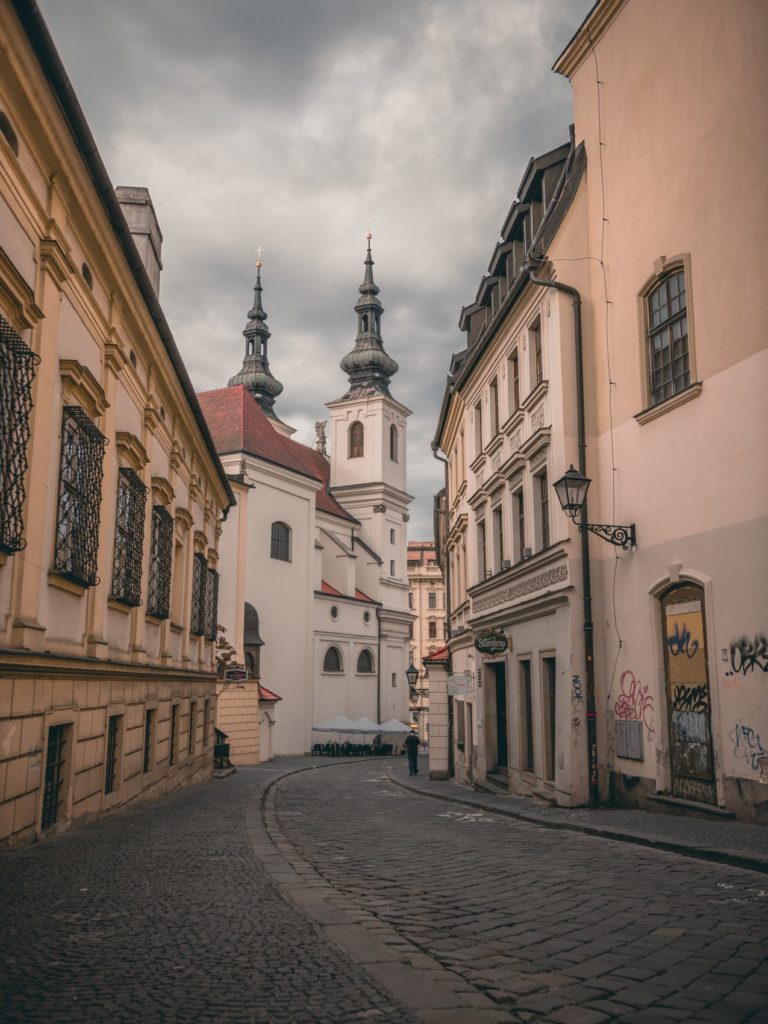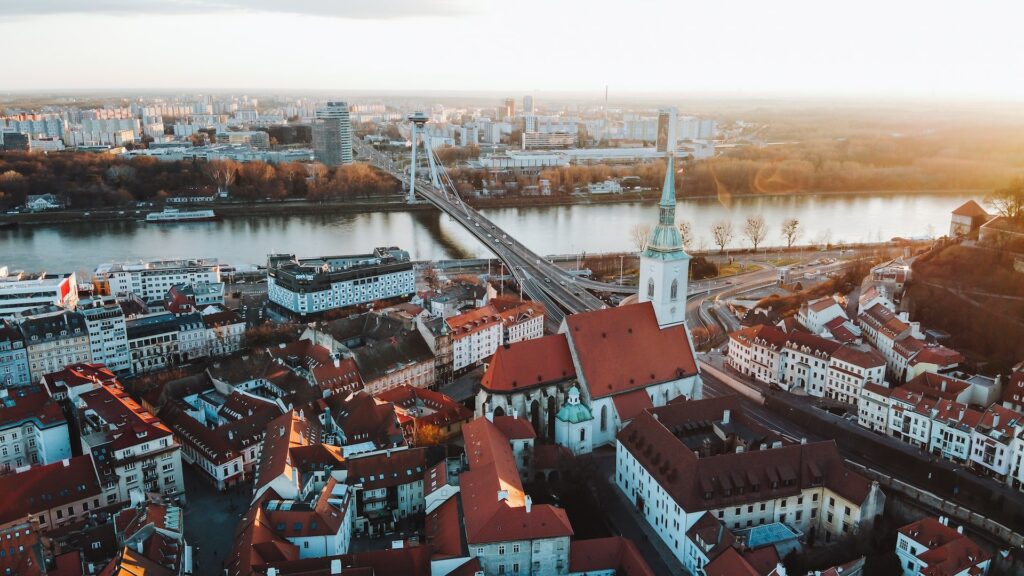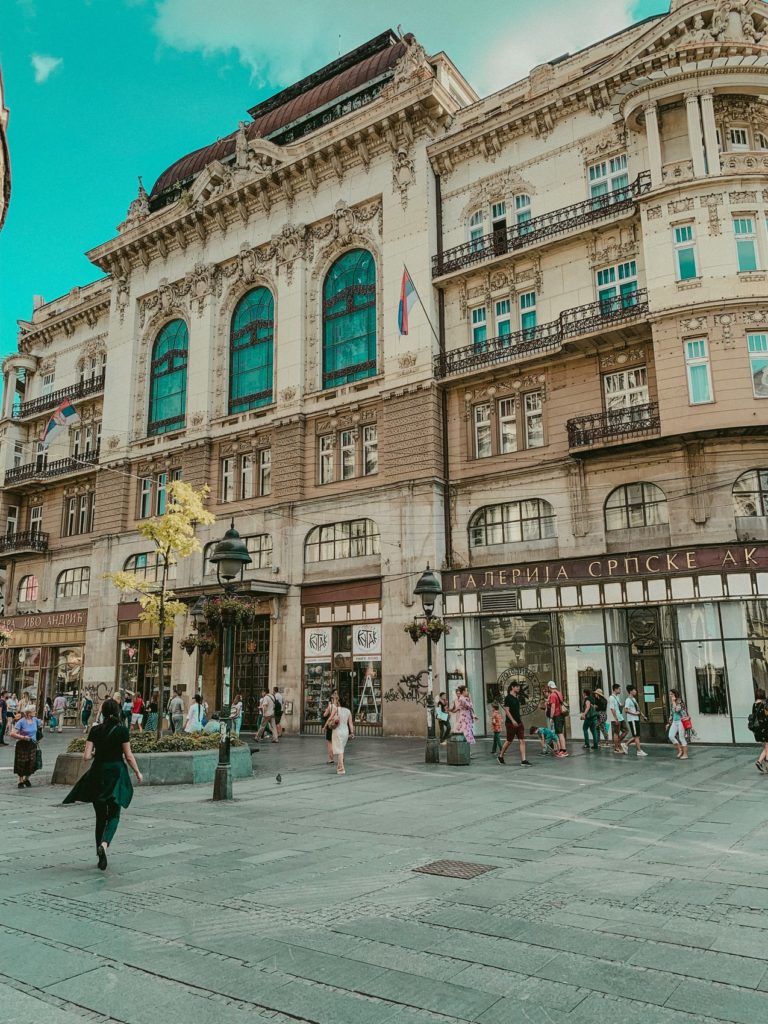If its recent history is anything to go by, Eastern Europe has had it hard. Fending off unfair stereotypes of it being stark, brutal and uninviting – at least when compared with the cities of Western Europe, whose many attributes and attractions are well-known the world over – the east side of the continent has always had to work a little harder to be noticed.
We honestly can’t think why. A treasure trove of fairytale medieval cities, brooding mountains, dense ancient forests and meandering rivers, not to mention being home to rich, diverse cultures, cuisines and languages, the east is finally starting to enjoy its time in the sun. Eastern Europe also offers travellers exceptional value for money, making it ripe for exploring on an Interrail pass. Here’s our suggested route to experience the best of the east.
Wrocław
Once you get your tongue around the name (it’s pronounced Vrots-wahf, by the way), former European Capital of Culture Wrocław is one of Poland’s best kept secrets. Like much of the country, the city has been transformed over the last decade or so, offering the best that Poland has to offer in microcosm. Whether it’s the charm of Old Town streets and handsome squares, a thriving culture scene or restaurants that are redefining Polish cuisine that get you going, Wrocław is the place to start your trip riding the rails through Eastern Europe.

Brno
Brno takes a backseat to Prague when it comes to attracting visitors to the Czech Republic. That’s not to say it’s any less worthy of the attention; it’s just better at flying under the radar than its larger sibling. Given the increasing problem of ‘overtourism’, a stop-over in the city will give you a taste of what you’re missing out on in Prague but without the crowds. As a university town, booming Brno has as much verve as the capital, especially when it comes to the city’s nightlife. As the nucleus of the Moravia region, Brno has long had somewhat of a reputation for producing excellent beer and wine which you can sample in the city’s many fantastic cellar bars and restaurants.

Bratislava
Often described as Slovakia’s “little big city” because of its relaxed, rural feel, Bratislava is one of the three jewels of the Danube alongside Budapest and Vienna. On first sight, the thing you’ll notice about the city is how verdant it is, thanks in no small part to the sheer number of parks and the forest-lined banks of the Danube. Another thing you’re likely to notice is the vestiges of its communist past. As a former frontier city on the Iron Curtain, Bratislava’s Soviet-era concrete structures jostle for prominence with the pastel shades of its Old Town, serving to make it one of the most intriguing cities in this part of Europe.

Budapest
Known widely as “the Paris of the east”, there are few European cities that can compete with Budapest in the beauty stakes. It’s very easy on the eyes; from the sweeping curves of the Danube to the city’s eclectic blend of baroque, neoclassical and art nouveau architecture. Beauty is only skin deep, as the old adage goes, but as you’ll soon discover when you visit, there is so much more to Budapest beyond the superficial. One thing that is unique to the city – and that you’ll have to see for yourself – is the ‘ruin bar’. Springing up predominantly around the old Jewish quarter, these watering holes now occupy derelict buildings or disused outdoor spaces, each one garnering a loyal local clientele. Add into the mix thermal spas, river cruises and a lively café culture, you have one enticing destination.

Belgrade
Translated as ‘the White City’, the Serbian capital Belgrade has an air of mystique about it. Having shaken off the yoke of its communist past with gusto, the city now has a reputation of being a year-round party town. And who could disagree, what with some 200 floating bars to choose from along the Danube and Sava rivers. Of course, there’s much more to Belgrade than its nightlife. While it can’t compete with Budapest for architecture, the city does boast some unmissable sights, including the gargantuan Church of Saint Sava. You’ll also feast like a king, with an incalculable number of restaurants to have your fill in.
If you want to finish off your Eastern European interrailing adventure with a flourish, you might want to consider travelling on further from Serbia to Montenegro’s Adriatic coast on the spectacular Belgrade to Bar railway line.

Have you been interrailing around Eastern Europe before? Can you recommend any other places in Eastern Europe to our readers? Let us know in the comments below!